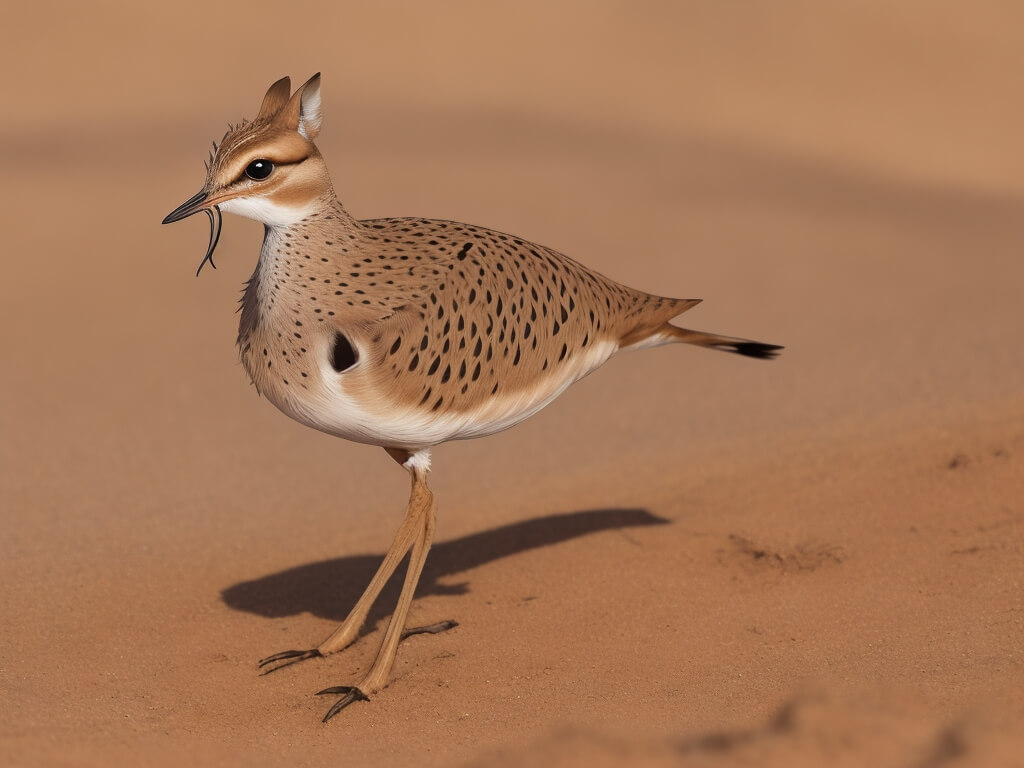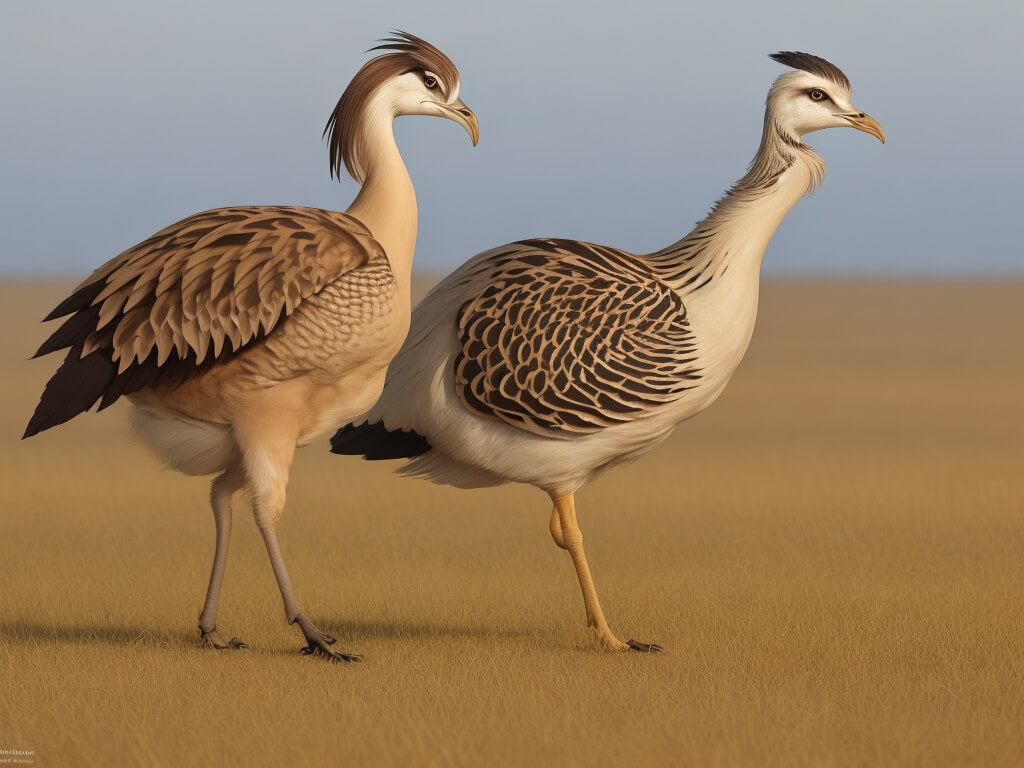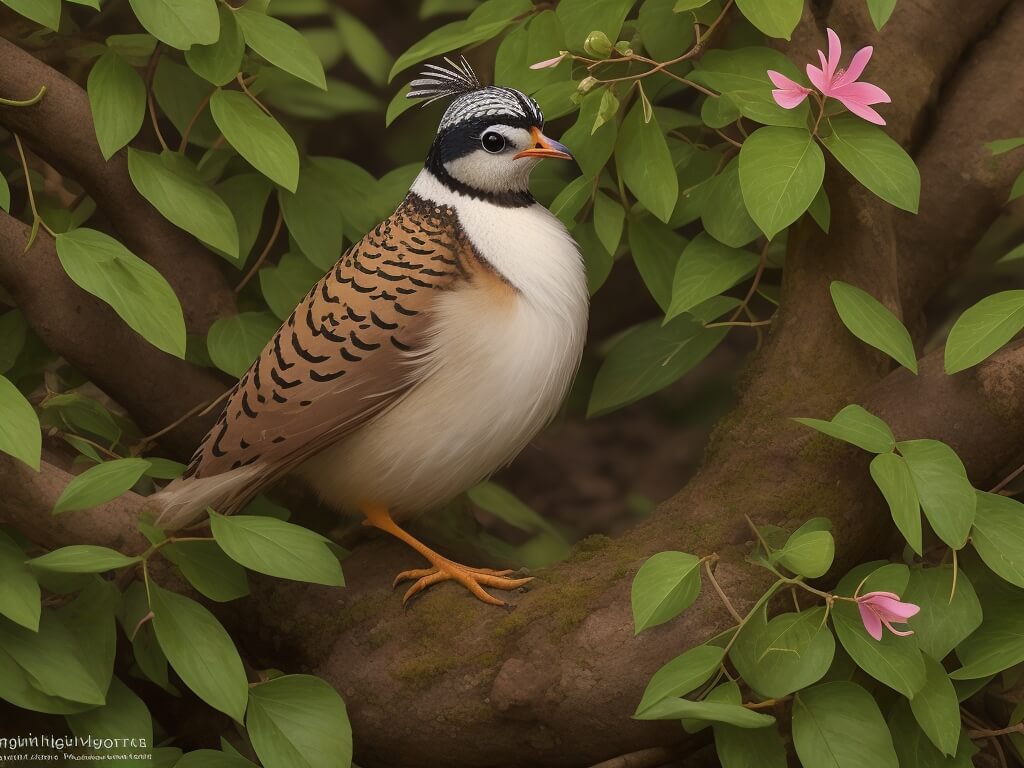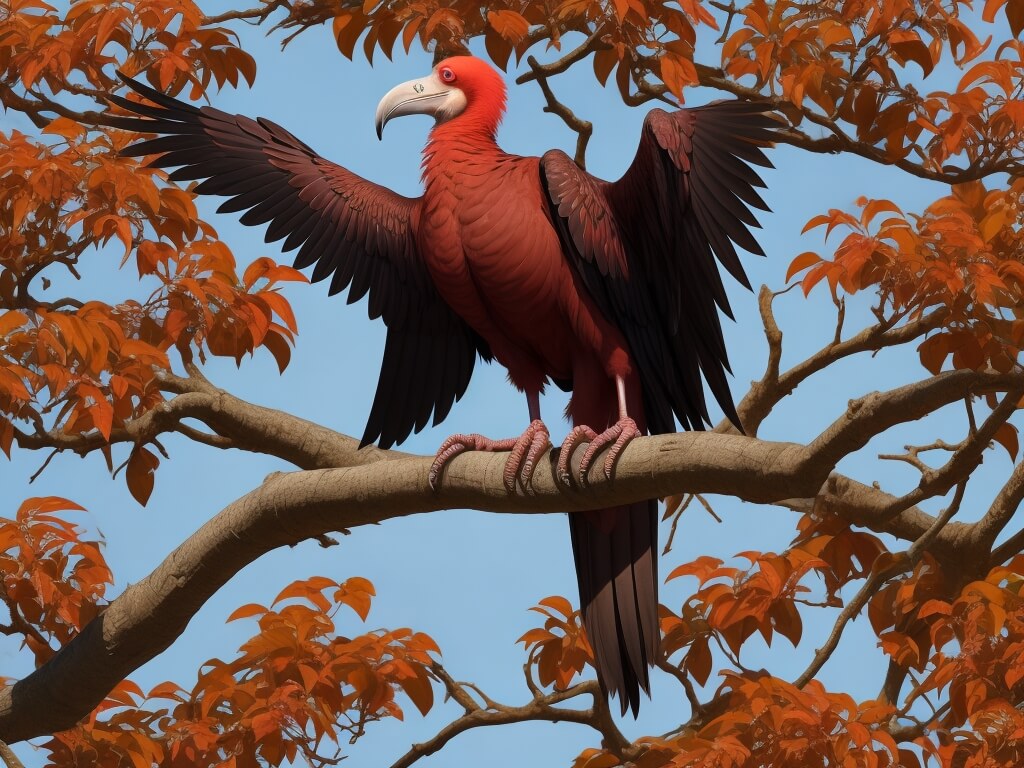
Endangered Birds Of India Project For Class 9th
Introduction
India, a realm of diverse and captivating landscapes, harbors an astonishing diversity of avian life. From verdant wetlands to dense forests and towering mountain ranges, India’s ornithological tapestry is as enchanting as it is indispensable to our ecosystems. Within the pages of this project, we embark on a voyage into the realm of some of India’s most endangered birds, each possessing a singular narrative and ecological significance.
This project aspires to illuminate the pressing issue of endangered birds in India, accentuating the urgent call for conservation. These species, characterized by their extraordinary beauty and ecological importance, face perilous prospects due to an array of human-induced perils, including habitat degradation, poaching, pollution, and the specter of climate change.
By immersing ourselves in the lives, habitats, and trials of these endangered birds, we endeavor to kindle awareness about their precarious existence and underscore the imperative of concerted conservation endeavors. India’s cultural and ecological heritage is intimately interwoven with these avian marvels, underscoring our collective responsibility to shield and preserve them for the generations that follow.
Within the pages of this project, we embark on an expedition to fathom and celebrate the extraordinary lives of ten of India’s most endangered bird species. Our goal is to inspire action, imploring individuals and communities alike to champion the cause of these magnificent creatures and the preservation of their habitats.
Endangered Bird Species
Indian Vulture
Species Name: Indian Vulture
Scientific Name: Gyps indicus
Habitat: Indian vultures call diverse landscapes home, from grasslands to open forests and even urban areas.
Threats: The dramatic decline in Indian vulture populations is primarily attributed to the use of diclofenac, a veterinary drug toxic to vultures. Additionally, habitat loss and reduced food availability pose significant threats.
Conservation Efforts: Conservation endeavors involve banning diclofenac, establishing vulture-safe zones, and implementing captive breeding programs aimed at rejuvenating vulture populations.
Forest Owlet

Species Name: Forest Owlet
Scientific Name: Heteroglaux blewitti
Habitat: Forest owlets inhabit dense deciduous forests and bamboo thickets.
Threats: Habitat destruction due to logging, agriculture, and human settlements poses a grave threat to the forest owlet. It is also vulnerable to illegal capture and trade.
Conservation Efforts: Conservation initiatives concentrate on surveying and monitoring forest owlet populations, safeguarding their habitats, and raising awareness among local communities.
Spoon-billed Sandpiper
Species Name: Spoon-billed Sandpiper
Scientific Name: Calidris pygmaea
Habitat: Spoon-billed sandpipers breed in the Arctic tundra and migrate to mudflats and coastal wetlands along the East Asian-Australasian Flyway.
Threats: Habitat loss, disturbance during migration, and declining food sources due to overfishing are the primary threats to this species.
Conservation Efforts: Conservation efforts encompass the protection of vital stopover sites along their migration route, habitat restoration, and international cooperation to curtail hunting.
Jerdon’s Courser

Species Name: Jerdon’s Courser
Scientific Name: Rhinoptilus bitorquatus
Habitat: Jerdon’s courser is typically found in scrub and grassland habitats.
Threats: Habitat destruction resulting from agriculture, grazing, urbanization, and hunting poses a significant threat to this bird.
Conservation Efforts: Conservation programs entail habitat restoration, anti-poaching endeavors, and community engagement to safeguard Jerdon’s courser and its habitat.
Sociable Lapwing
Species Name: Sociable Lapwing
Scientific Name: Vanellus gregarius
Habitat: Sociable lapwings breed in the vast steppes of Central Asia and migrate through several countries, including India.
Threats: Habitat degradation, agricultural expansion, and hunting along their migration route have led to a decline in sociable lapwing populations.
Conservation Efforts: Conservation initiatives focus on identifying and protecting critical stopover sites, conducting research, and raising awareness among local communities.
Great Indian Bustard

Species Name: Great Indian Bustard
Scientific Name: Ardeotis nigriceps
Habitat: Great Indian bustards inhabit arid and semi-arid grasslands and scrublands.
Threats: Habitat degradation due to agriculture, infrastructure development, and hunting have led to a significant decline in their numbers.
Conservation Efforts: Conservation initiatives include the identification and protection of their remaining habitats, captive breeding programs, and community involvement in conservation.
Spoon-billed Sandpiper
Species Name: Spoon-billed Sandpiper
Scientific Name: Calidris pygmaea
Habitat: Spoon-billed sandpipers breed in the Arctic tundra and migrate to mudflats and coastal wetlands along the East Asian-Australasian Flyway.
Threats: Habitat loss, disturbance during migration, and declining food sources due to overfishing are the primary threats to this species.
Conservation Efforts: Conservation efforts include the protection of key stopover sites along their migration route, habitat restoration, and international cooperation to reduce hunting.
Sociable Lapwing
Species Name: Sociable Lapwing
Scientific Name: Vanellus gregarius
Habitat: Sociable lapwings breed in the vast steppes of Central Asia and migrate through several countries, including India.
Threats: Habitat degradation, agricultural expansion, and hunting along their migration route have led to a decline in sociable lapwing populations.
Conservation Efforts: Conservation initiatives focus on identifying and protecting critical stopover sites, research, and raising awareness among local communities.
Himalayan Quail

Species Name: Himalayan Quail
Scientific Name: Ophrysia superciliosa
Habitat: The Himalayan quail once inhabited the dense undergrowth of oak and rhododendron forests in the western Himalayas.
Threats: The species is believed to be extinct, primarily due to habitat destruction and hunting.
Conservation Efforts: Conservationists are engaged in surveys to confirm the status of this elusive bird, with the hope of potential rediscovery and future conservation measures.
Baer’s Pochard
Species Name: Baer’s Pochard
Scientific Name: Aythya baeri
Habitat: Baer’s pochards inhabit freshwater lakes and wetlands in parts of Asia, including India.
Threats: Habitat loss, pollution of water bodies, and illegal hunting have led to a significant decline in their populations.
Conservation Efforts: Conservation initiatives include habitat restoration, monitoring of remaining populations, and efforts to combat illegal hunting.
Indian Spotted Eagle
Species Name: Indian Spotted Eagle
Scientific Name: Clanga hastata
Habitat: Indian spotted eagles inhabit a range of habitats, including grasslands, wetlands, and agricultural areas.
Threats: Habitat destruction due to urbanization and agriculture, along with pesticide exposure and hunting, pose significant threats to this species.
Conservation Efforts: Conservation programs aim to protect and restore their habitats, monitor populations, and raise awareness about their conservation status.
Red-headed Vulture

Species Name: Red-headed Vulture
Scientific Name: Sarcogyps calvus
Habitat: Red-headed vultures were once found in various habitats, including forests, grasslands, and urban areas, but their range has significantly declined.
Threats: The use of diclofenac, habitat loss, and reduced availability of carrion due to changes in livestock management practices have led to their decline.
Conservation Efforts: Conservation initiatives include banning diclofenac, creating safe feeding sites, and captive breeding programs.
White-rumped Vulture
Species Name: White-rumped Vulture
Scientific Name: Gyps bengalensis
Habitat: White-rumped vultures once inhabited a range of habitats, including forests and grasslands, but their populations have sharply declined.
Threats: Like other vulture species, the primary threat to white-rumped vultures is the use of diclofenac, habitat loss, and changes in livestock management.
Conservation Efforts: Conservation programs focus on diclofenac bans, establishment of vulture-safe zones, and captive breeding for population recovery.
Indian Skimmer
Species Name: Indian Skimmer
Scientific Name: Rynchops albicollis
Habitat: Indian skimmers are found along riverbanks, lakeshores, and sandy river islands.
Threats: Habitat degradation, sand mining, disturbance due to human activities, and pollution are major threats to this species.
Conservation Efforts: Conservation initiatives involve protecting their nesting sites, habitat restoration, and raising awareness about their conservation needs.
Acknowledgment
I extend my heartfelt gratitude to the individuals and organizations whose steadfast support and guidance have been integral to bringing this project to fruition.
Foremost, I would like to express my deep appreciation for my teachers, whose wisdom, encouragement, and unwavering dedication have been instrumental in shaping this endeavor. Their mentorship extended beyond the subject matter, encompassing the development of research skills and a profound appreciation for conservation.
My profound thanks are owed to my parents and family members for their boundless support, enduring patience, and unwavering encouragement throughout the project’s journey. Their steadfast belief in my capabilities has been a constant wellspring of motivation.
To my classmates and friends, I extend my heartfelt gratitude for their invaluable insights, thought-provoking discussions, and constructive feedback, all of which have significantly enriched this project.
Furthermore, I wish to acknowledge the tireless work of conservationists, ornithologists, and environmental organizations whose research and endeavors have served as invaluable founts of information and inspiration for this undertaking.
Finally, I hold in high regard the unwavering dedication of local communities and conservationists who labor tirelessly to safeguard the habitats of endangered birds in India. Their commitment to harmonious coexistence with these avian treasures is indeed commendable.
Certificate of Completion
[Student’s Name][Class/Grade Level]This is to certify that I, [Student’s Name], a [Class/Grade Level] student, have successfully completed the project on “Endangered Birds Of India ” The project explores the fundamental principles and key aspects of the chosen topic, providing a comprehensive understanding of its significance and implications.
In this project, I delved into in-depth research and analysis, investigating various facets and relevant theories related to the chosen topic. I demonstrated dedication, diligence, and a high level of sincerity throughout the project’s completion.
Key Achievements:
Thoroughly researched and analyzed The Endangered Birds Of India Project For Class 9th.
Examined the historical background and evolution of the subject matter.
Explored the contributions of notable figures in the field.
Investigated the key theories and principles associated with the topic.
Discussed practical applications and real-world implications.
Considered critical viewpoints and alternative theories, fostering a well-rounded understanding.
This project has significantly enhanced my knowledge and critical thinking skills in the chosen field of study. It reflects my commitment to academic excellence and the pursuit of knowledge.
Date: [Date of Completion]Signature: [Your Signature] [School/Institution Name][Teacher’s/Examiner’s Name and Signature]
In order to download the PDF, You must follow on Youtube. Once done, Click on Submit
Follow On YoutubeSubscribed? Click on Confirm
Download Endangered Birds Of India Project For Class 9th PDF






